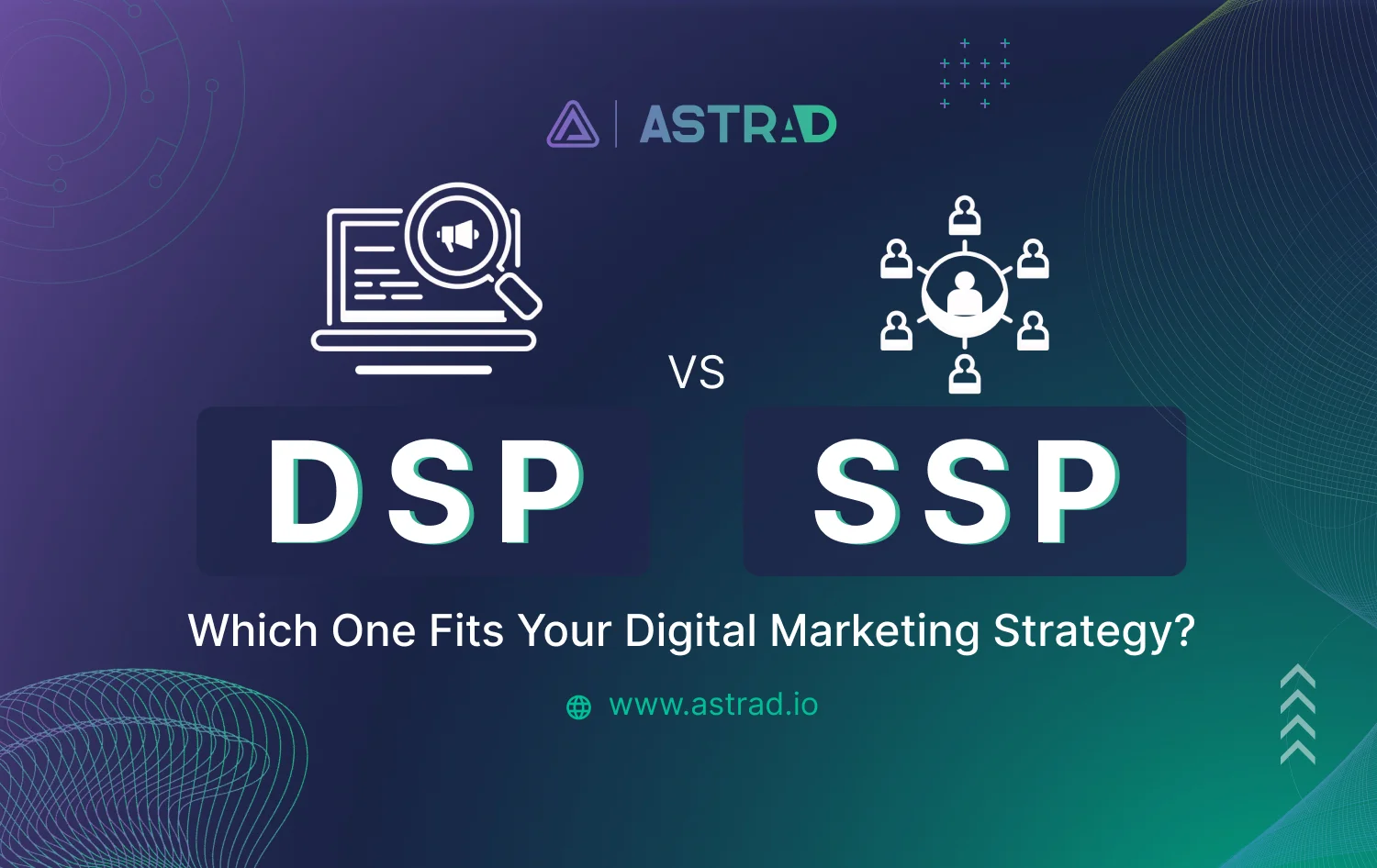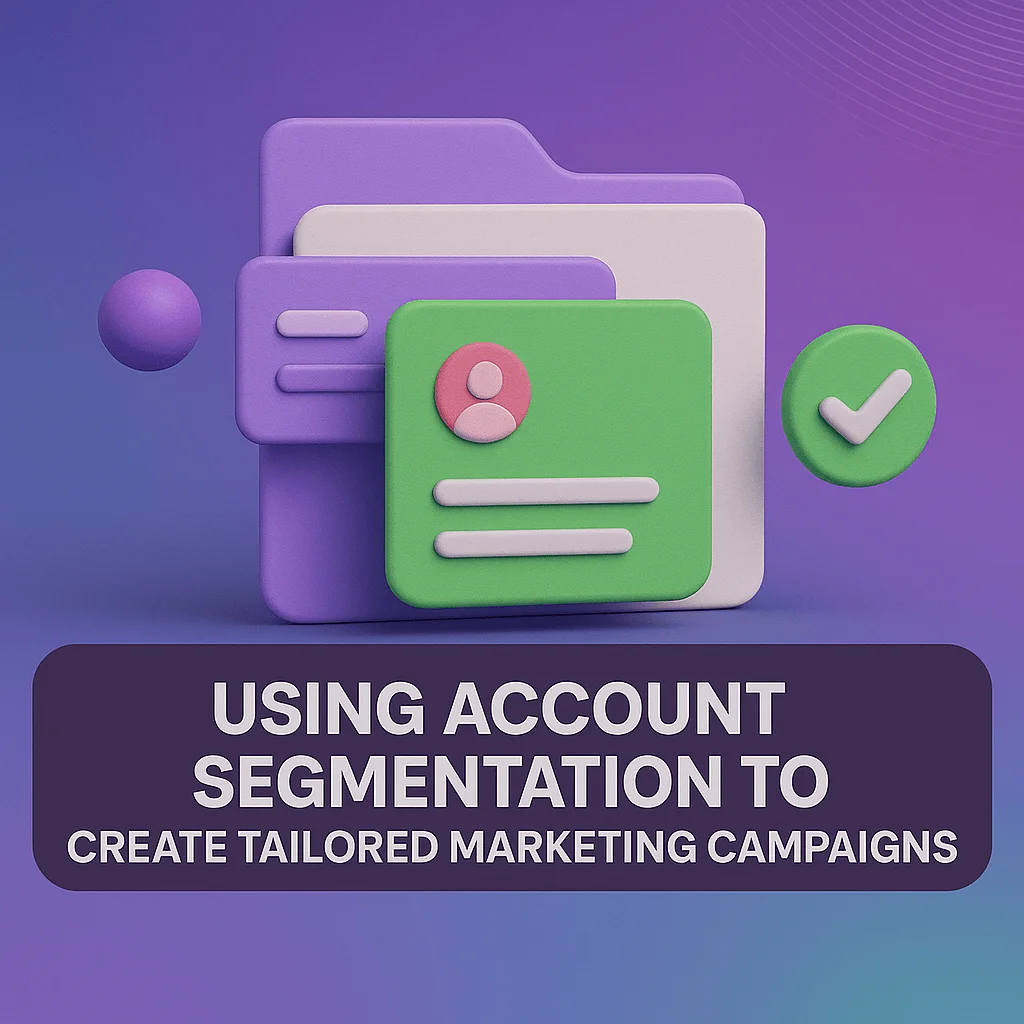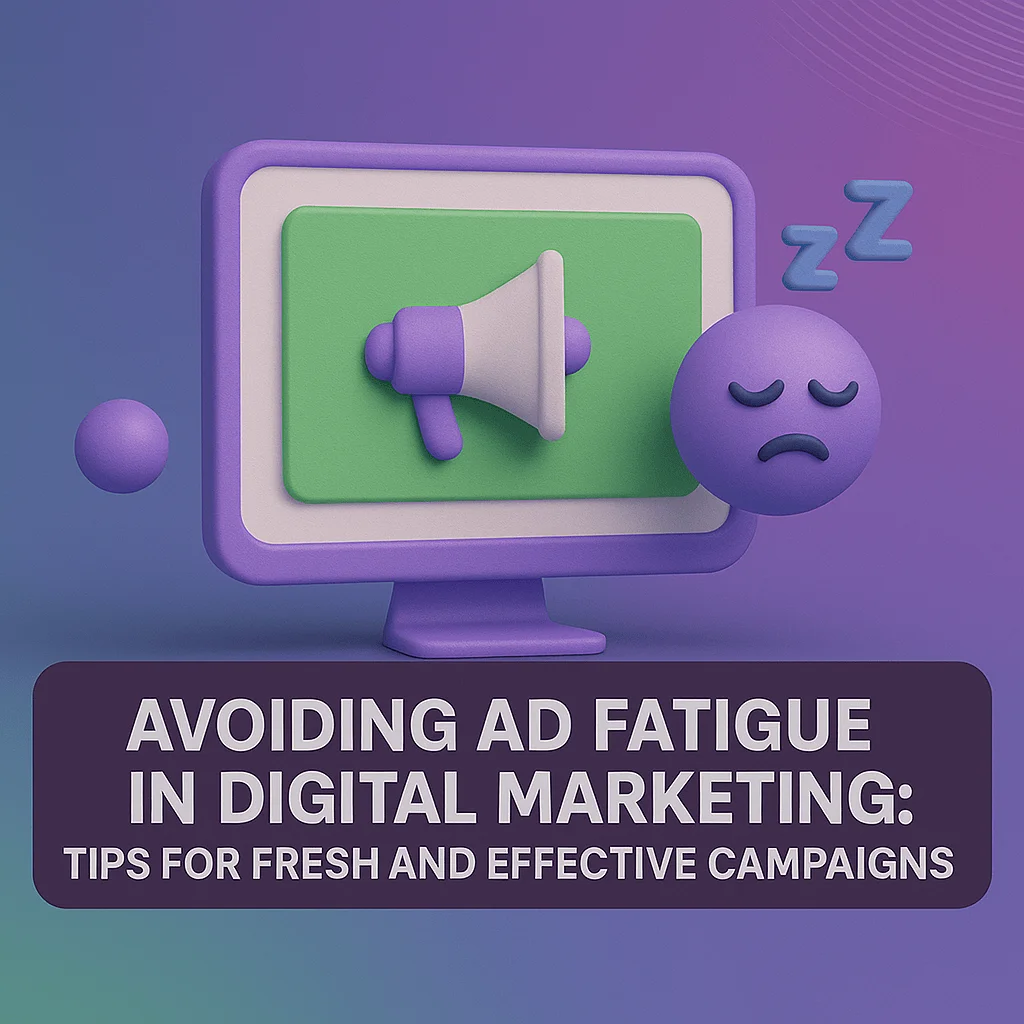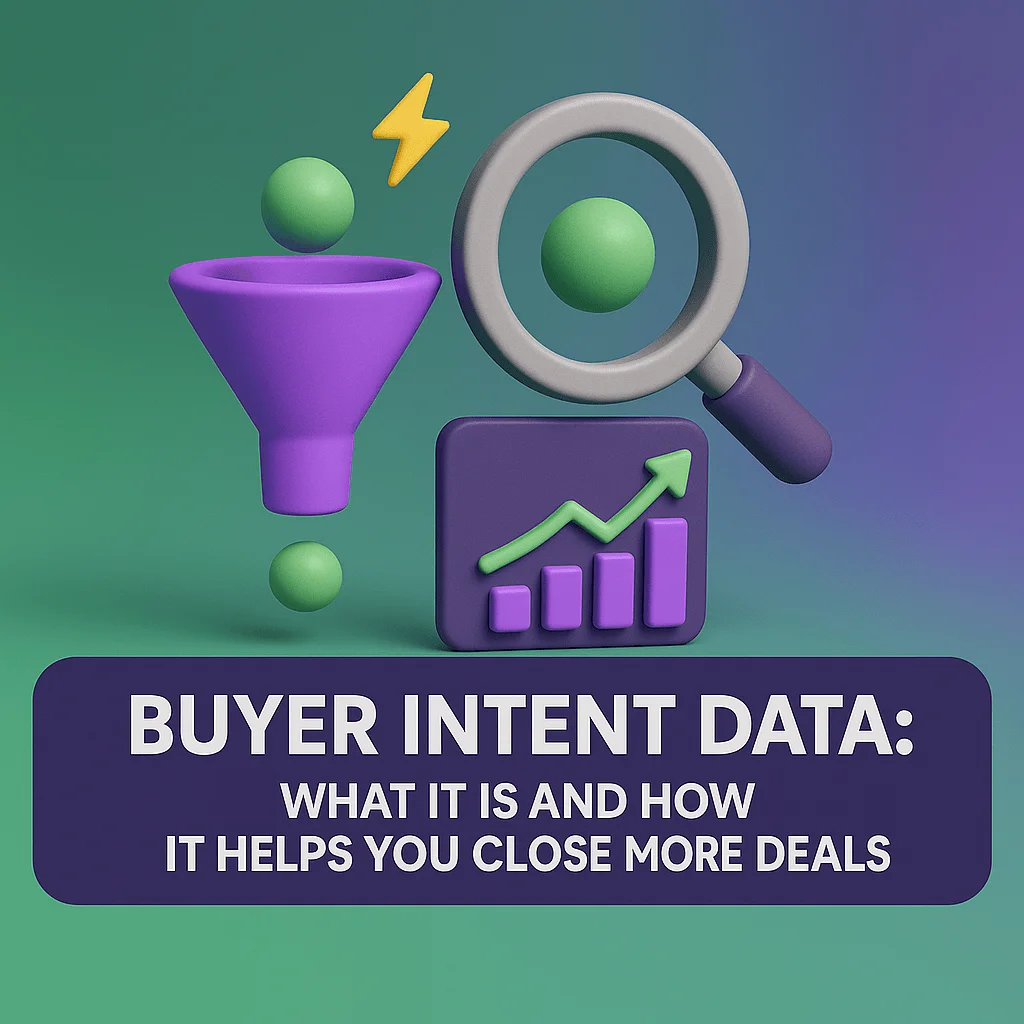In the dynamic digital advertising landscape, where clicks and funnels are key, understanding the nuances between Demand-Side Platforms (DSPs) and Supply-Side Platforms (SSPs) is critical for optimizing your digital marketing strategy. It makes the difference and adds strategy, complexity, and effectiveness layers to your brand and game plan.
By comprehending the distinct functionalities and advantages of DSP and SSP, advertisers and publishers can make informed decisions that align with their specific goals, ensuring effective and efficient ad execution.
The Digital Advertising Landscape
The digital advertising landscape refers to the ecosystem of online platforms, technologies, and strategies for delivering advertisements to targeted audiences. It’s everything from Facebook ads to YouTube spots. It’s email marketing and free ebooks. All that and everything you can imagine. It encompasses various formats, including display ads, video ads, social media ads, search engine marketing, and more.
Digital advertising has become increasingly important due to the widespread use of internet-connected devices and consumer behavior shifting towards online platforms. Today, more people are hooked to their personal Wi-Fi devices than traditional delivery systems like television or movies. They are tied to these devices — which give them personalized information and, in a way, disrupt their personal time, allowing ads to grab viewers in places they had previously been “banned” from.
Advertisers have the opportunity to reach their target audiences at scale, measure the effectiveness of their campaigns, and personalize their messaging based on user data. However, this landscape constantly evolves as new technologies and regulations emerge, requiring advertisers to stay up-to-date with the latest trends and best practices.
The truth is that the digital marketplace is a bustling online buffet where everyone has a say. Due to high retention rates, the leveraging of Big Data in order to target ads more efficiently, and mammoth-like conversion rates, digital marketing has rapidly taken center stage when compared to other, more traditional methods. Let’s look at the numbers — digital advertising expenditure is soaring and is projected to hit $455.30 billion globally by 2024. The digital realm has become the primary platform for brands to engage with their audience, accounting for 50% of total global ad spending.
What is DSP and SSP?
- DSP stands for Demand-Side Platform, which is a technology platform used by advertisers and agencies to programmatically buy and manage digital ad inventory across multiple ad exchanges, networks, and websites. DSPs provide tools and access to real-time bidding (RTB) systems, allowing advertisers to set targeting parameters and automatically bid on ad impressions to reach their desired audience.
With DSPs, advertisers can optimize their campaigns by leveraging data and analytics to make informed decisions about where and when to show their ads. DSPs also offer features like audience segmentation, ad creative management, and reporting capabilities to track the performance of campaigns. - SSP stands for Supply-Side Platform, also known as Sell-Side Platform. It is a tech’ platform used by online publishers, websites, and app developers to manage and sell their advertising inventory to potential buyers, such as advertisers and DSPs. SSPs connect publishers with demand partners and facilitate the process of selling ad space through real-time auctions or direct deals.
They provide tools for inventory management, yield optimization, and ad serving, enabling publishers to maximize their revenue from digital advertising. SSPs also offer transparency and control over the types of ads displayed on their platforms, helping them maintain the quality and relevance of the advertisements shown to their users.
Differences between DSP and SSP
Let’s take a look at some of the differences between DSP and SSP:
Auction Process and Bidding
- DSP participates in the auction as a buyer, where advertisers bid for ad impressions on various websites and platforms. DSPs use real-time bidding (RTB) to evaluate available ad inventory and make automated bids based on their targeting parameters and budget.
- SSP functions as a seller, conducting the auction on behalf of publishers to maximize revenue. It receives bids from multiple DSPs and selects the highest bids to serve ads on publishers’ websites or apps.
Targeting Options and Data Integration
- DSP offers advertisers advanced targeting options to reach specific audiences. They leverage a variety of data sources, such as demographic, behavioral, contextual, and third-party data, to create precise audience segments. DSPs also provide tools for data integration, allowing advertisers to import their own first-party data for more personalized targeting.
- SSP focuses on optimizing publishers’ ad inventory by managing ad quality, ensuring brand safety, and controlling the types of ads shown on their platforms.
Ad Inventory Process and Pricing Model
- DSP manages the buying process for advertisers and agencies, offering access to multiple ad exchanges, networks, and websites. Advertisers can set budgets, define targeting criteria, and optimize their campaigns through DSPs.
- SSP manages the selling process for publishers, making their ad inventory available to potential buyers. They provide yield optimization tools to maximize revenue and employ different pricing models, including cost-per-mille (CPM) or cost-per-click (CPC), to determine the value of ad impressions.
Collaboration between DSP and SSP
- DSP establishes partnerships with SSP to gain access to their inventory and participate in the auction process through real-time bidding.
- SSP collaborates with DSP to maximize revenue by connecting them with publishers who are looking to monetize their ad space effectively.
Choosing the Right Platform
A thorough grasp of the platforms’ capabilities and compatibility with particular company objectives is necessary when choosing SSP vs DSP. These decisions are influenced by a number of factors, including budget, marketing objectives, target audience, and campaign goals. Therefore, choosing the right platform depends on your advertising goals is essential.
If you want to advertise your products or services and reach a specific audience, then DSPs are the right choice for you. They provide advanced targeting options and data integration tools to create precise audience segments, helping you reach your target audience effectively.
On the other hand, if you have ad inventory to sell, then SSPs are the right choice for you. They manage the selling process for publishers, making their ad inventory available to potential buyers and providing yield optimization tools to maximize revenue.
Integrating DSPs and SSPs Effectively
In the current marketing landscape, 83% of marketers prefer DSP. Why? This is due to their ability to target a precise niche audience. On the other hand, 72% rely on SSP for monetizing — stats show that a vast majority of them actually chose a cross between both platforms/methods.
The key is integration — finding the value in each and exploding said value simultaneously. To integrate DSPs and SSPs effectively, it is essential to establish clear communication channels and data-sharing protocols between the two platforms. Effective integration requires close collaboration between both parties to ensure seamless transaction processes.
The integration process involves establishing partnerships between DSPs and SSPs, gaining access to ad inventory, and participating in the auction process through real-time bidding. Both platforms should also work together to optimize campaigns, track performance metrics, and analyze data to make informed decisions. Effective integration can help advertisers and publishers maximize revenue, achieve their advertising goals, and improve the overall user experience.
Staying limber and flexible in the booming, complex, and often bewildering digital ad market is essential. To understand that each platform, strategy, tool, and tech wonder offers value and benefits – and to be able to appreciate that value and take advantage of the whole toolbox at your disposal, not just one tool. In this scenario, it is essential to comprehend the differences between DSPs and SSPs in order to create a successful digital marketing plan.
Marketers can better manage the intricacies of the digital advertising ecosystem by making actionable, well-informed decisions that align with their business objectives by understanding their roles, functionalities, and collaborative possibilities. Future developments in these platforms will influence digital advertising by giving publishers and marketers new tools and approaches to reach and interact with their target audience more effectively.






